Transesterification
We believe in providing top quality workmanship and are so confident in our level of service that we back.
We believe in providing top quality workmanship and are so confident in our level of service that we back.
Transesterification is a chemical reaction where triglycerides react with an alcohol (commonly methanol or ethanol) in the presence of a catalyst (either acidic or alkaline) to produce fatty acid esters (biodiesel) and glycerine.
The transesterification plant is integral to biodiesel production, converting various feedstocks into high-quality biodiesel (FAME). The advanced technology ensures efficient conversion, minimizes by-product formation, and optimizes resource use, making it a critical component in the production of sustainable biodiesel.
Molecules consisting of three fatty acid chains esterified to a glycerol backbone.
In transesterification, methanol or ethanol is commonly used as the alcohol.
An alkaline (sodium hydroxide or potassium hydroxide) or acidic (sulfuric acid) catalyst that speeds up the reaction.
Objective: Prepare the feedstock, comprising triglycerides, by removing impurities such as free fatty acids, moisture, and other contaminants. This ensures that the feedstock is suitable for the transesterification reaction.
Technology: Utilizes advanced Molecular Reactors specifically designed to enhance the transesterification process. Reaction: Triglycerides undergo transesterification with methanol (or ethanol) in the presence of an alkaline or enzymatic catalyst. Efficiency: The Molecular Reactors reduce the reaction time and increase the conversion efficiency of triglyceride molecules to fatty acid methyl esters (FAME). The design optimizes the consumption of catalyst and alcohol, leading to lower conversion costs and minimal soap formation.
Separation: The transesterification reaction mixture is separated into two distinct phases: biodiesel (FAME) and glycerine. Purification: The biodiesel is subjected to further purification and distillation processes to meet stringent industry standards, while the minimal soap formation during the reaction helps in reducing overall purification costs.
Glycerine: The glycerine by-product is collected and can be subjected to additional processing or purification for various applications. This process integrates cutting-edge Molecular Reactor technology to achieve efficient and high-yield transesterification with optimized reaction kinetics, reduced operational costs, and minimal by-product soap.

Strategies to ensure proactive domination. At the end of the day,User generated content in real-time will have multiple touchpoints for offshoring.




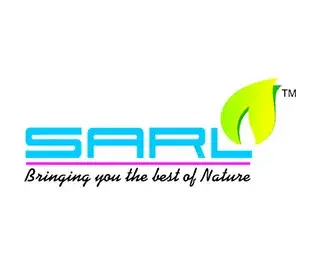

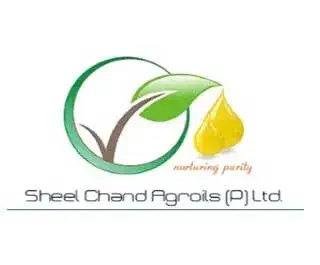
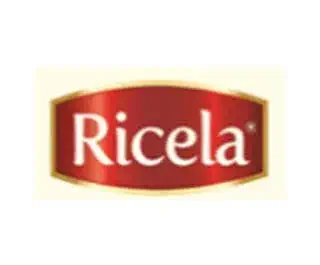
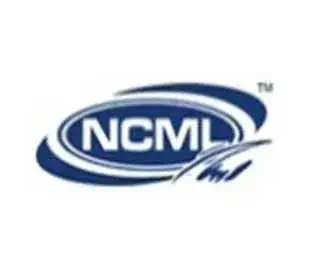
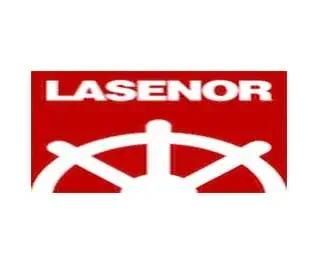

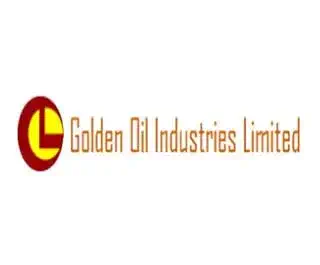




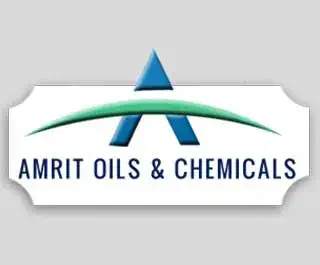

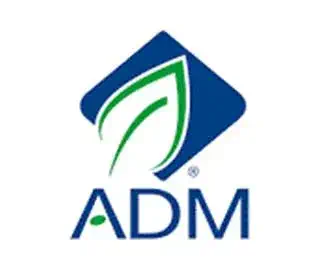



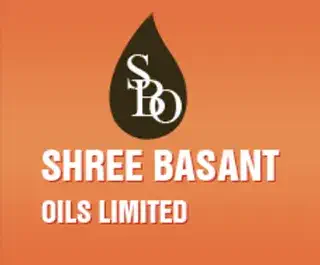
Discover some of the most asked questions regarding Transesterification.
Suitable feedstocks include vegetable oils, used cooking oils, animal fats, and other triglyceride-rich materials
The process effectively converts feedstocks into high-quality biodiesel (FAME) with reduced soap formation, ensuring that the final product adheres to industry standards and is suitable for use as an alternative to petroleum diesel.
The advanced technology provides reduced reaction times, higher conversion efficiencies, lower catalyst and alcohol consumption, decreased conversion costs, and minimal soap formation, resulting in a more efficient and cost-effective biodiesel production process.